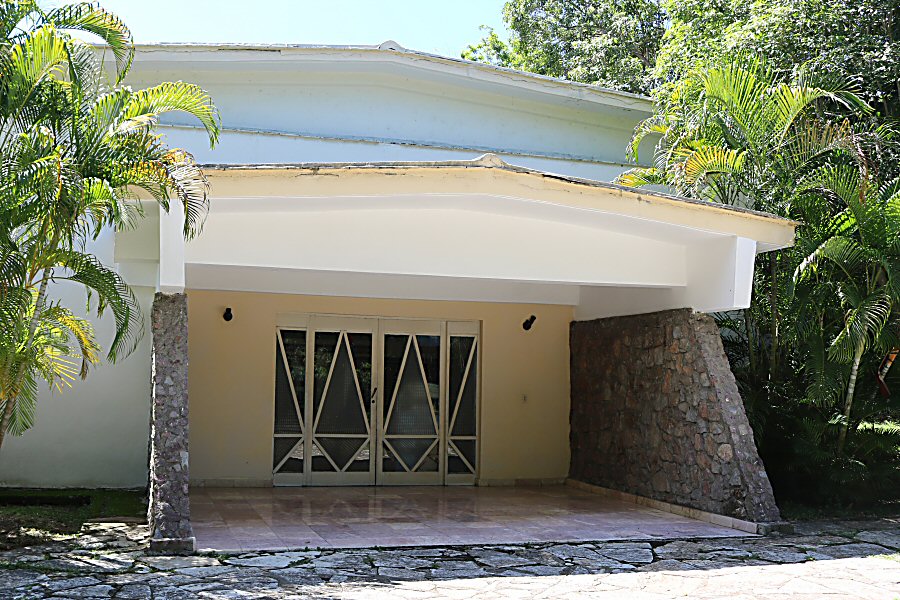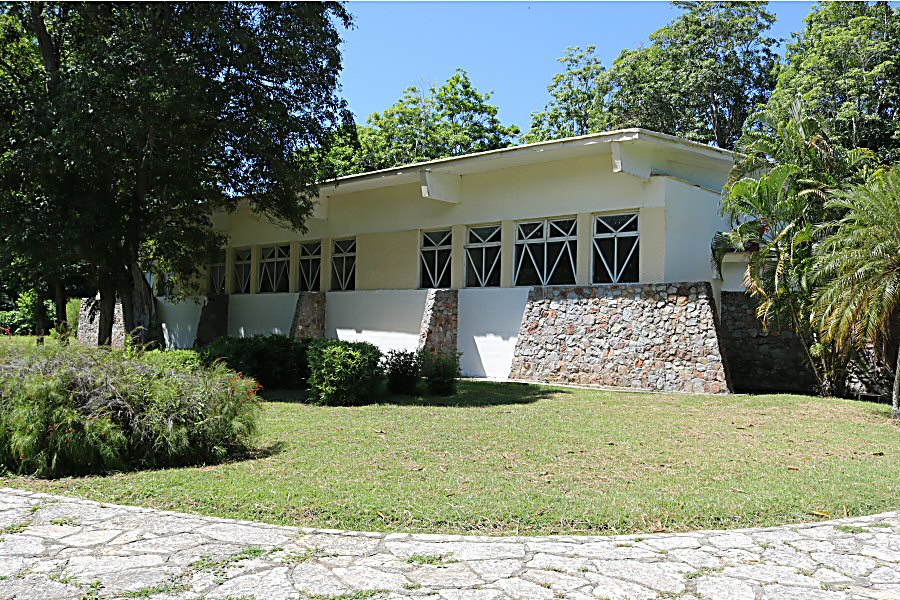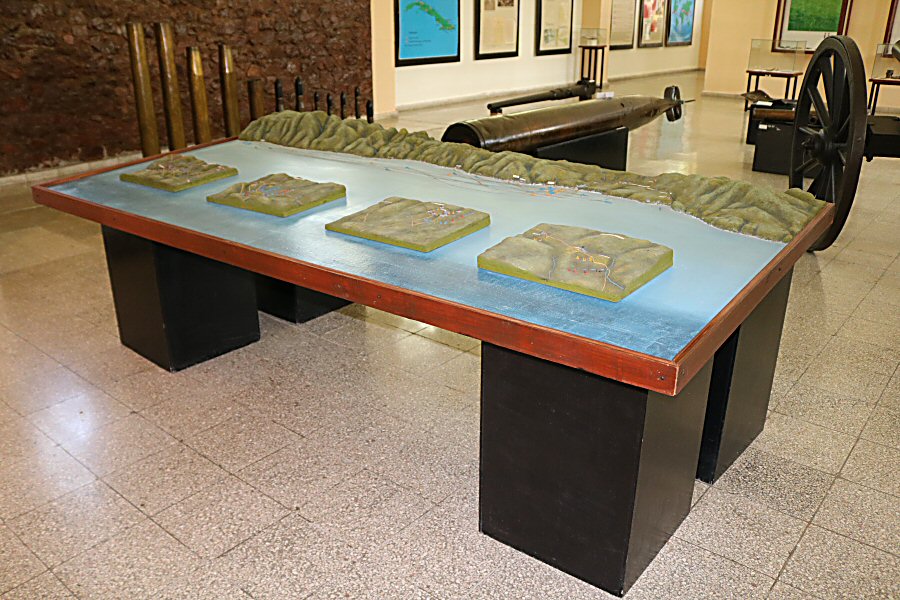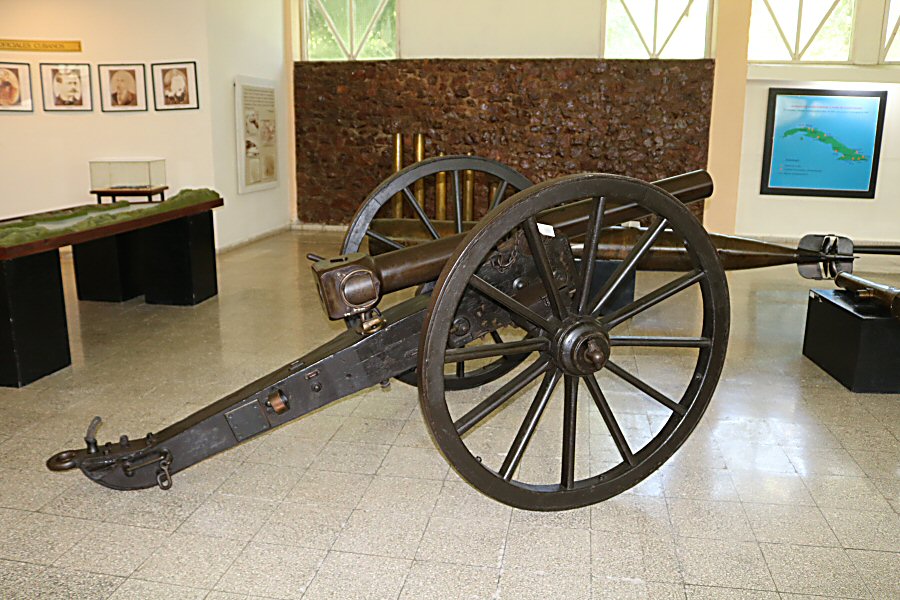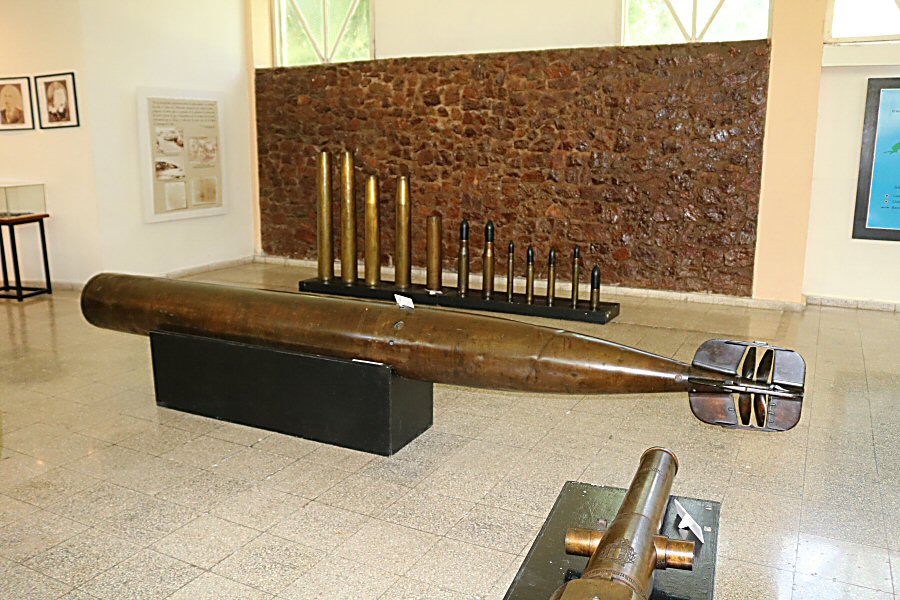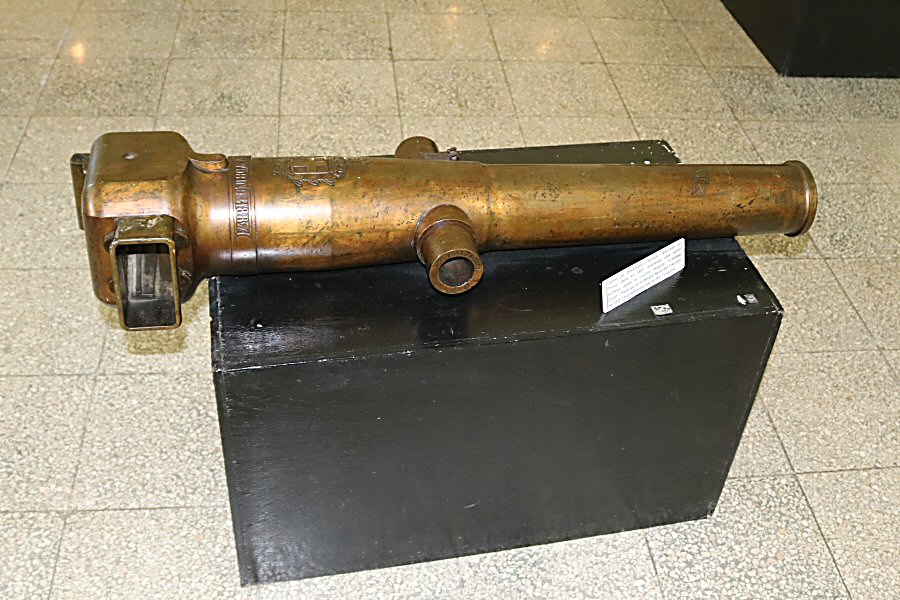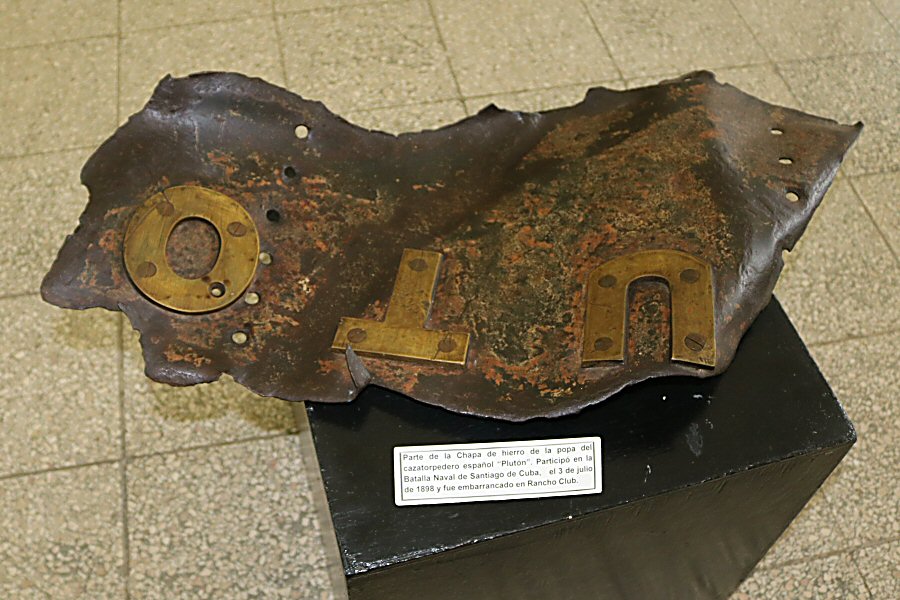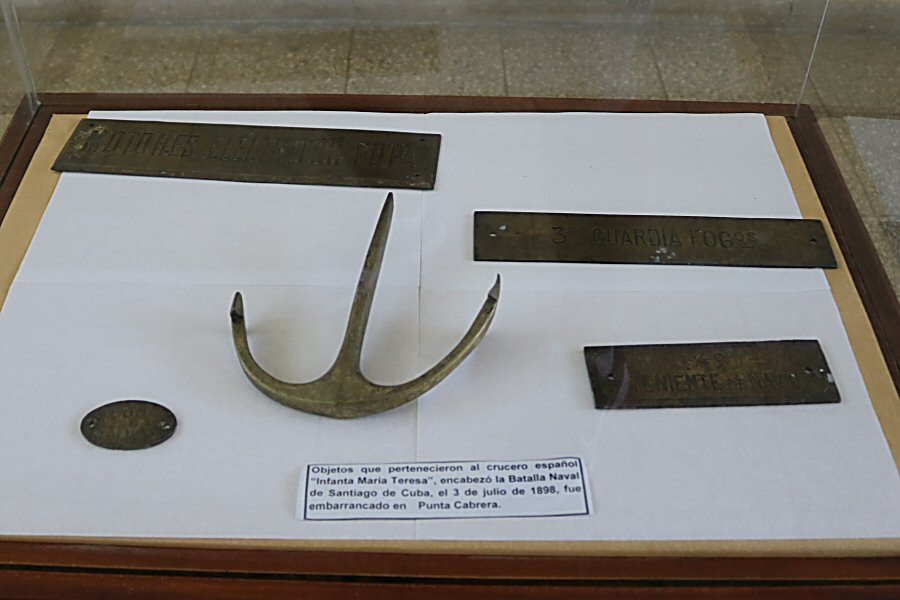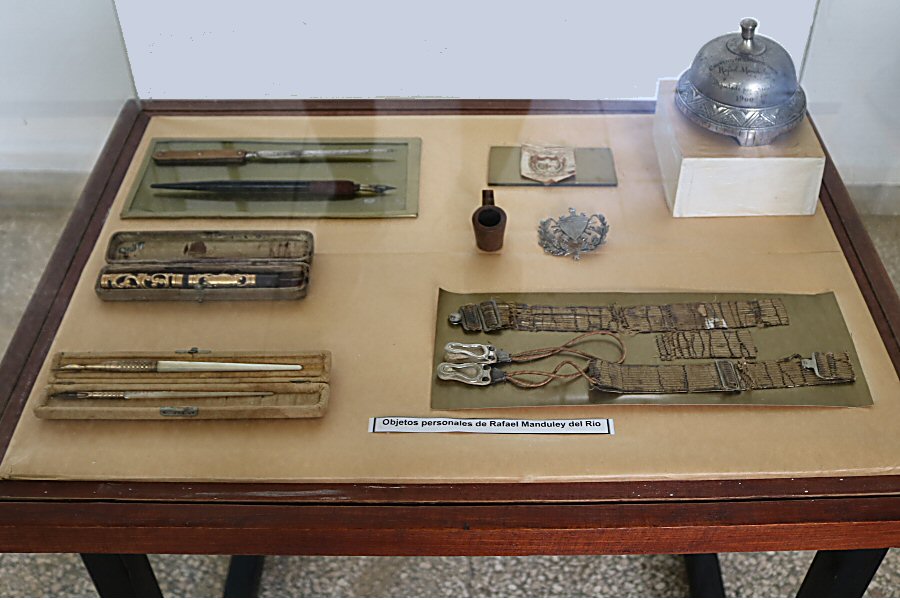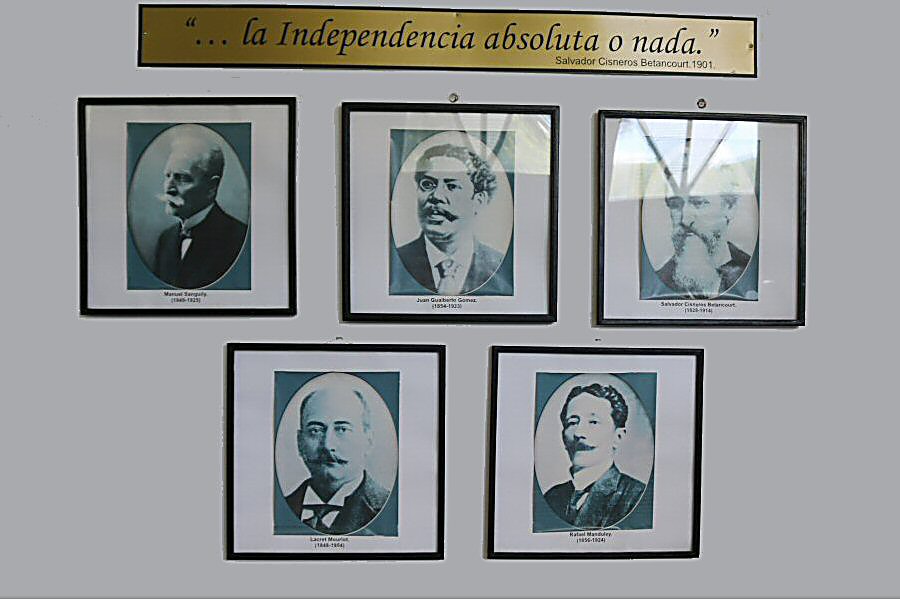The museum is located on the Siboney
road, 13,5 km far from the connection of the Siboney road with
the road to the airport.
daily 09:00 - 17:00
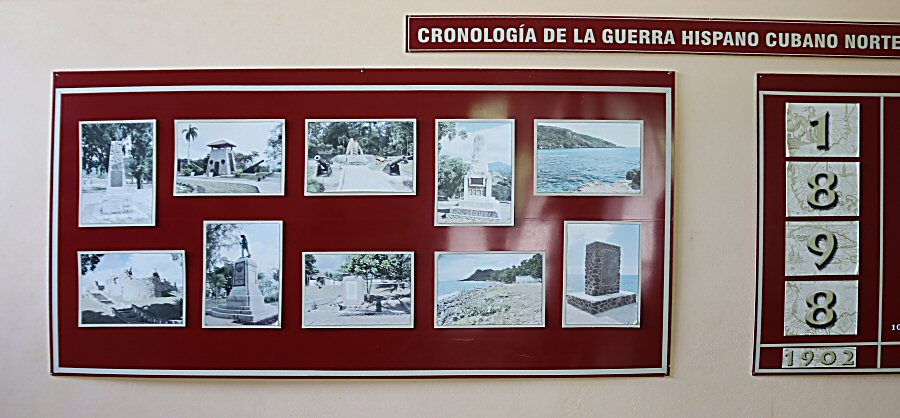

 Museo de la Guerra Hispano-Cubano-Norteamericana
offers a broad view on the ambition of USA to control Cuba, the
events during the war in 1898, and its consequences.
Museo de la Guerra Hispano-Cubano-Norteamericana
offers a broad view on the ambition of USA to control Cuba, the
events during the war in 1898, and its consequences.
The museum is on an extensive green area with ornamental plants and fruit trees. Initially it was conceived for a painting gallery to expose the works on the theme of the centennial generation. In 1988, the place was inaugurated by Juan Almeida Bosque as the Museum of the Spanish Cuban-North American War.
In the museum the sinking of the battleship
Maine, the declaration of war of USA on Spain, the American
naval blockade to the different ports of the island including
Santiago de Cuba, the battle around the city of Santiago de Cuba
and the peace treaty signed in Paris are narrated by photos. The
campaign of the yellow press to propitiate a favorable
atmosphere among the citizens of the USA that sympathize Cuba,
is demonstrated by photos. Also, the imposition in Cuba that had
ceased to be a colony of Spain and had become dependent to the
United States economically and politically, is highlighted by
photos and on panels chronicling the war. Several cannons of
various caliber, rockets, torpedoes, parts, and materials left
over from various sunk Spanish warships are exhibited in the
museum. Models recreating the large battlefield, help us in
visualizing the war.
